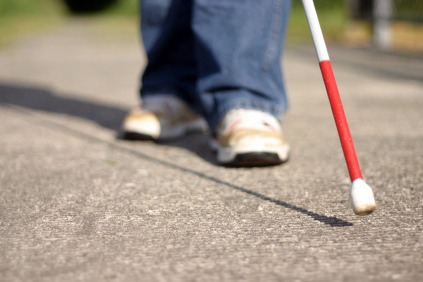If you are on your feet for a long time during the day, the veins in your legs will get distended and look like zig-zag nodules. These are called varicose veins.

Varicose Veins in pregnant women
This is caused by the growing pressure of the blood flowing through the veins. When you are standing for a long time, you strain you legs a lot and the muscle in the vein wall stretches, making the vein longer and wider.
The hormone progesterone which is secreted during pregnancy makes all tissues supple. This also helps in the dilatation of the wall of the blood vessel. As the pregnancy advances, the growing uterus presses on the pelvic veins, sometimes causing an obstruction to the flow of blood from the legs to the heart and thus increases the pressure in the veins of the legs. Women who gain a lot of weight also develop varisose veins. And some women inherit it.
Varicose veins usually improve after delivery since the obstruction due to the pregnant uterus is removed, the progesterone hormone level goes down and the weight is reduced. While mild varicose veins may regress completely after the pregnancy, severe varicose veins may regress partially, so that their treatment with injection or surgery becomes necessary. The first veins which get affected are usually those on the back of the calf and sometimes in the inner thigh.
Varicose veins can be prevented.
- Avoid excessive weight gain.
- Avoid crossing your legs while sitting.
- Avoid standing still for long.
- Try some moderate exercises.
- Avoid high heeled shoes.
- Keep your feet raised if you are sitting in one place for a long time.
Symptoms
- Dull pain or severe cramps in the calf muscle.
- Irritation of the skin over the dilated veins.
- Prominent blue or brown coloured distorted veins.
- Supportive treatment like tight stockings could help prevent further progress.










